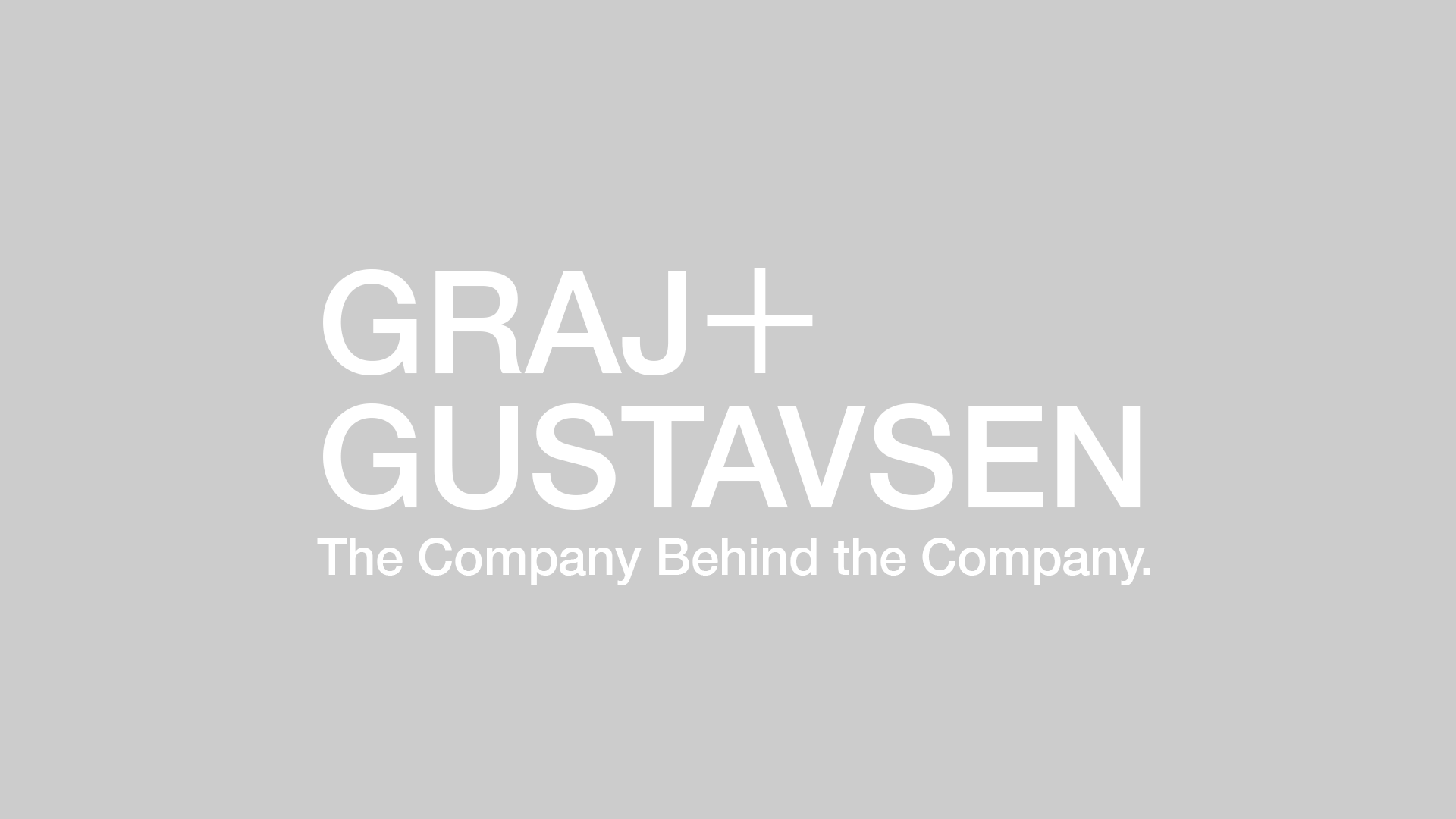Jamie Oliver, the nutrition-conscious British chef, has a knack for seeing beyond the kitchen when he looks at food. “If you only design menus that are essentially junk or fast food,” he once said, “the whole infrastructure supports junk.” The linkage between results and infrastructure is deep business. Brands would do well to bench test their infrastructure, especially when weighing production and distribution changes.
A diverse assemblage of recent news shows – once again – infrastructure’s central role in fortifying brand strength. Note these four indicators:
• According to Wired, Amazon has entered into a drop-box strategy with 7-11. In a meaningful way, this gives Amazon 24/7 bricks-and-mortar to complete a pivotal share of their transactions with a reliable delivery site. For the mobile Amazon order recipient, what an attractive added feature! The Amazon team keeps doing a terrific job of thinking through the trail of getting goods to the customer in hybrid ways.
• Second, a piece in The Economist titled “Growth: The End of Deep Development” shows how advances in IT have accelerated economic maturity in emerging nations. Supply chains have rapidly morphed into far more “nimble” resource structures. This has considerable impact for the business model of manufacturing and licensing of branded items going forward.
• Third, Pinterest – the fastest growing site in history and one well targeted for female surfers and “social collectors”/curators – says the BBC – has changed its structural design and has declared itself open-site vs. invite-only. Seemingly a nuance, a design tweak such as this can amount to a full-scale remodeling of a concept.
• Fourth, huge shifts are taking place for what is now called the “Recession Generation” in upgrading apartment decor and in entering car rental arrangements. “If You Can Rent It, the Next Gen Does” declared an August Bloomberg report. So many young people can’t afford either to buy homes or cars. The personal infrastructure they’re weaving around themselves packs a wallop for service and consumer-goods makers alike.
Woe to those who fancy that the fate of their brands is sealed in tidy packages of their own making. We swim in a painstakingly architected ocean even when it may seem invisible.


